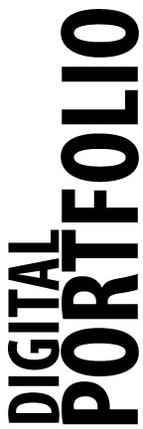Writing An Artist Statement |
| I want to thank my good friend Jeff Hall, lead art teacher at Maggie Walker Governor's School, for this organized approach to teaching students to craft well-written and thoughtful artists statements. Objectives: The students will:
Step One: What Is An Artist Statement?
Step Two: Looking At Examples
Step Three: Reflecting On Your Own Work
Step Four: Writing The First Draft (of many)
Grading Rubric
Resources: |



 RSS Feed
RSS Feed
